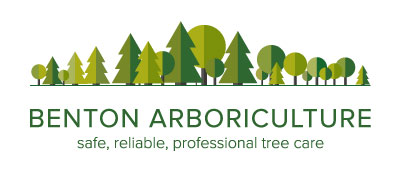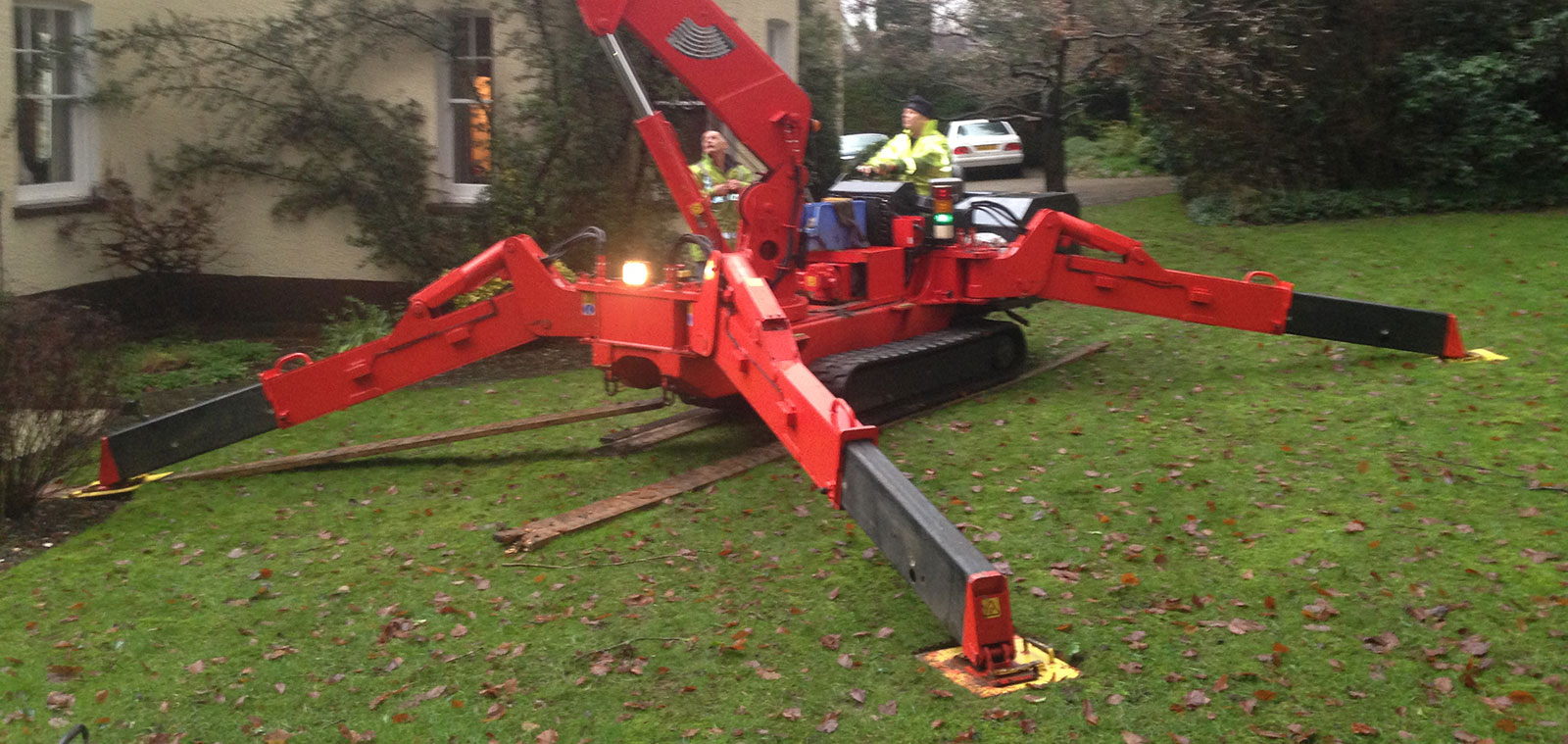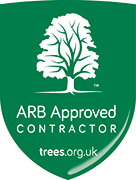

FAQs
Our office is open 5 days a week from 8am to 4pm and we can be contacted via phone, e-mail or through our contact page. Please leave a message if our phone is not answered immediately – we do return all calls and you are very important to us!
All of our quotations are issued in writing and include our terms and conditions.
Benton Arboriculture is an Arboricultural Association Approved Contractor giving you the reassurance that our work is stringently checked on a regular basis including conformity to current health and safety legislation. We are tested on our tree work standards, our knowledge, experience, qualifications, customer care, office procedures and more!
In order to protect the public, our customers and employees, Benton Arboriculture holds a £10 million public liability and £5 million insurance policy covering our staff whilst they work on your premises.
All our staff are fully trained and certified to carry out the work relevant to their role. All staff hold current Emergency First Aid certificates.
Our teams will always wear uniform bearing the Benton Arboriculture logo.
A site risk assessment is carried out for all jobs, ensuring that, in the unlikely event of an incident, we have a plan of action.
For complex and large scale work, we can provide our Generic Risk Assessments and Method Statements if required.
It is recommended that work to trees is carried out after leaf fall and before bud burst but this does not apply to all species. We prefer to look at each tree individually and provide personal advice and a written quotation.
Some examples of trees requiring work at other times are cherry and plum, part of the Prunus species. These should be pruned soon after flowering to reduce the risk of bacterial infection. Maple and Birch should not be pruned in the spring to avoid ‘bleeding’ (exuding sap), which, although not considered damaging, can be unsightly. Magnolia and Walnut should only be pruned in high summer.
Most common species of hedges can be cut at any time of the year but we would confirm this after inspection.
When carrying out work on trees and hedges we also need to consider the presence of bats and nesting birds as required by the Wildlife and Countryside Act – 1981.
BS3998 (2010) is a document that sets out the way in which all tree work should be carried out. It covers such areas as:
- Work specification; what should and should not be specified
- Timings of work
- Pruning; how, when and where.
- Installation and management of cable bracing
- Management and removal of tree stumps
All of the work undertaken by Benton Arboriculture complies with BS3998(2010).
There are several things to look for if you think there might be something wrong with your tree. These can include:
- Large amounts of dieback and deadwood
- Mushrooms of fungus appearing from cavities or on the stem or around the base of the tree.
Common examples of what you may see include the following:
- Ganoderma – A heart wood decay found on many species. The main symptom displays bracket-shaped fungus on trunks or main branches.
- Honey Fungus – A yellow coloured mushroom type fungus found around the base of the tree.
- Kretzschmaria – a coal like substance found between the buttress roots. Commonly found on Beech trees.
- Phytophthora Ramorum – A brown staining on the lower stem of a tree, commonly found on Horse Chestnut.
Small or discoloured leaves, yellowing in colour
There are three common types of tree protection currently used by local councils. If any tree on your property is affected by tree protection then the permission of the Council is most likely needed before any tree pruning or other work is carried out.
Conservation Area – These relate to historic areas and their surroundings. All trees that are above 1.7 metres in height or 75mm in diameter and located in a Conservation Area will require permission from the Council to carry out any works.
Notice must be given to the Council, giving them an opportunity to object to the work and to make a Tree Preservation Order if necessary. This process takes a minimum of 6 weeks.
Tree Preservation Order (TPO) – Tree Preservation Orders (TPOs) are often placed on individual trees that are of high amenity value or are a particularly good example of a species. In some cases, TPOs are put in place if the surrounding area is to be developed, preventing their removal and maintaining screening between new and old properties.
An application to work on a tree protected by a TPO takes 8 weeks to process before a decision is given by the Council It is very important to use a qualified contractor to carry out work on protected trees as failure to comply with the TPO or to seek permission from the Council can result in fines of up to £20,000 and a criminal record.
In the case of both TPOs and Conservation Areas, the Council has the right to refuse works which they see as excessive or unnecessary, or for which they receive many objections. As a professionally accredited company, it is our job to advise on works that may be accepted by the Council at the same time as meeting your requirements wherever possible.
Planning Conditions – When it comes to building work and planning, trees can be a controversial subject. If a property is undergoing building work and is in close proximity to trees, there will often be planning conditions put in place to stop them being damaged by or during construction. The planning conditions may also state that the trees cannot be removed or any works carried out for a set period of time after the construction has been completed. (see also Tree Protection Fencing).
Benton Arboriculture will carry out all relevant TPO and Conservation Area checks with local councils before carrying out any work, once a quote is accepted. We are also happy to make any application for your work, if required, free of charge, providing we carry out the works. A £25+vat fee is charged if you wish us to make an application on your behalf and another contractor s then used to carry out the work.
The answer is yes. If a tree in a Conservation Area or covered by a TPO is deemed to be dead or dangerous it can be exempt from the standard application process under Section 212(4) of the Town and Country Planning Act 1990 (as amended) and the Town and Country Planning (Tree Preservation - England) Regulations 2012.
Under these circumstances, we will issue a 5 day notification to the Council, stating the location of the tree and why tree removal is required. The Council have 5 days to acknowledge the notice and work can then take place.
If it is specified within the conditions of the consent from the Council then the tree must be replaced. The local authority will usually state the species that they would like planted along with its size and location of planting.
© 2025 Benton Arboriculture






